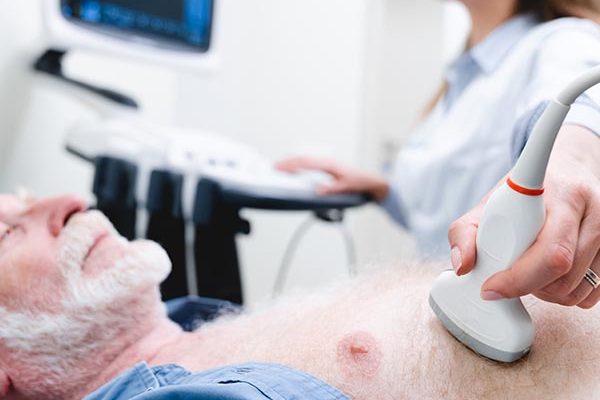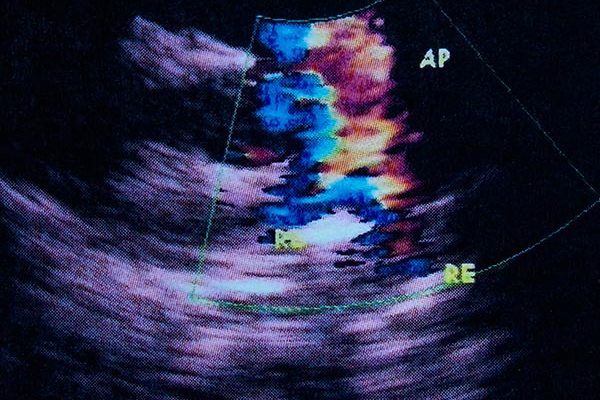A versatile polarisation-based detection approach for (hyper)spectral imaging and classification of samples, applicable across various optical modalities including microscopy, pathology, endoscopy, and remote sensing
Proposed Use
Providing faster, more sensitive imaging than established approaches to hyperspectral imaging, potential applications of PolSpec span multiple sectors, including healthcare, agriculture, and environmental monitoring. In healthcare, it can enhance the detection and classification of tissue samples for diagnosis – providing efficient data inputs for machine learning algorithms – and can exploit fluorescence-based readouts of functional states in live cells and tissues. It can be used in agriculture for crop health monitoring and pollution impact assessment. Environmental monitoring can benefit from its potential to detect microplastics and other pollutants.
PolSpec is flexible and cost-effective, making it suitable for integration into existing optical instruments, potentially offering significant enhancements in imaging performance and data analysis.
Problem Addressed
Spectrally-resolved imaging – and, increasingly, hyperspectral imaging – is crucial in various fields exploiting absorbed or scattered light, fluorescence or Raman signatures, yet current methods are often limited in efficiency by loss of out-of-band light, slow acquisition rates and/or excessive data volumes. Traditional multispectral and hyperspectral imaging techniques typically require complex setups with expensive components. PolSpec technology addresses these issues by utilising polarisation optics to acquire spectral image data, which can be implemented in almost any optical modality. This approach is cost-effective, highly flexible, and can provide single-shot or rapid lossless spectral imaging. It can reduce or eliminate the need for dielectric filters and beamsplitters or dispersive optical components, offering a cost-effective, efficient and adaptable solution for spectrally-resolved imaging.
Technology Overview
PolSpec technology leverages polarisation optics to directly acquire spectroscopic image data represented as vectors. By using polarization filters, beamsplitters, and retarders, this technology can generate spectral vector data in almost any spectral region and the spectral range and resolution of detection can be easily reconfigured, including electronically. The capability for rapid or single-shot spectral image data acquisition makes PolSpec applicable to high throughput or high-speed imaging of dynamic samples. The technology has been demonstrated using low-cost components and commercial polarisation-resolving cameras, providing a particularly compact and affordable solution for single-shot spectral imaging. Experimental demonstrations of the proof-of-principle indicate it to be a valuable tool for diagnostics, research and industrial applications.
Intellectual property information
International PCT Application filed Jan 2025 – PCT/GB2025/050174 – Optical Signal Processing




